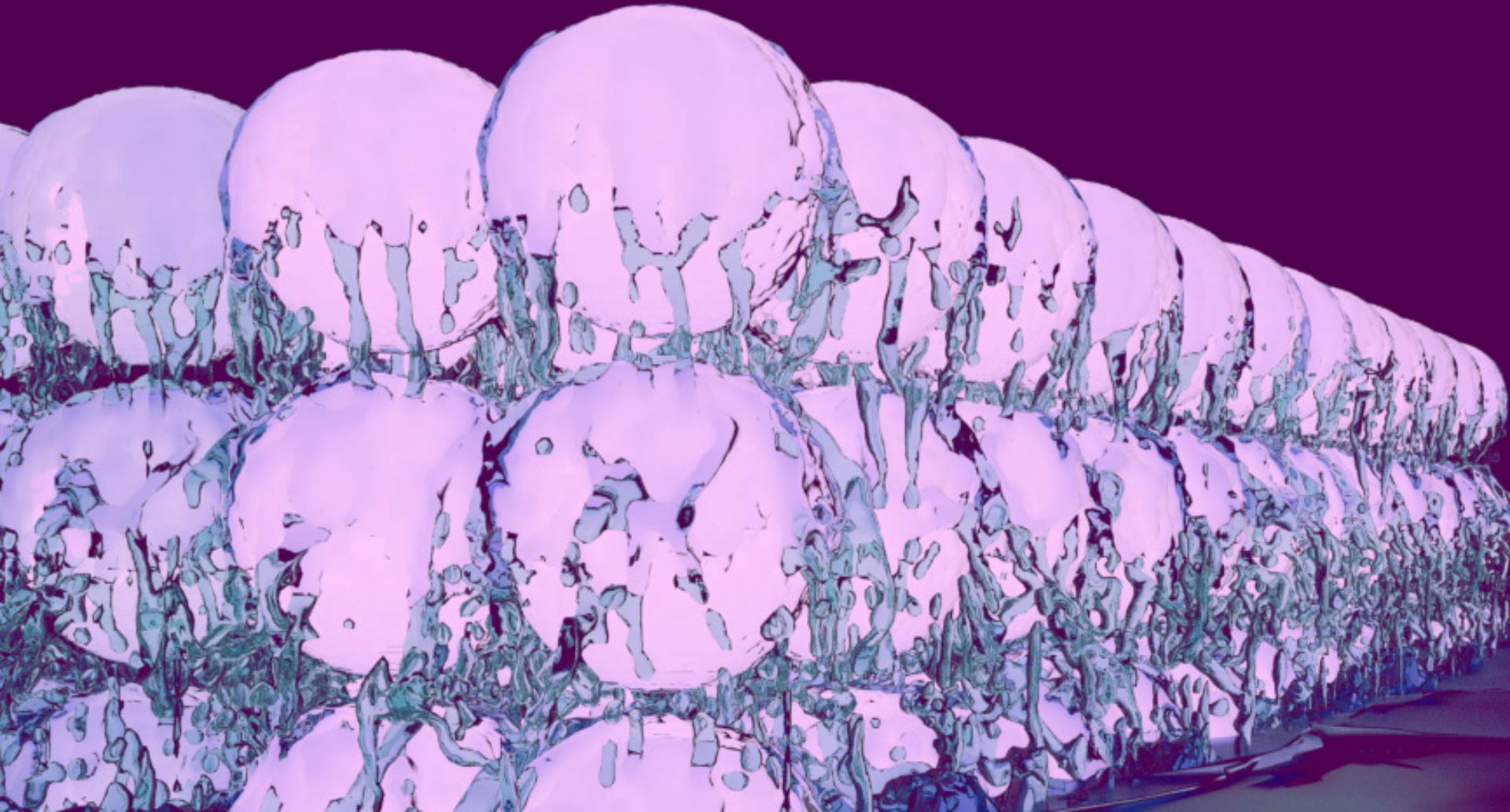We’re all familiar with the regular phases of matter: solid, liquid and gas. I’m sure many of you have heard of plasmas too, a more exotic state of matter similar to gas but where all the particles are ionised.
When we enter the weird world of condensed matter physics, things start to get weird for real. If liquid helium is cooled down to a couple of degrees lower than its boiling point (~271°C) near absolute zero (-273.15°C), it enters a state of matter known as superfluidity where it can flow with zero viscosity (resistance to flow). Therefore, it can flow without losing kinetic energy.
Liquid helium can even do seemingly gravity-defying things. Most liquids will creep up solid walls due to surface tension and liquid helium does this too, but then goes further. The flow of the liquid is not restricted by viscosity but by a critical velocity so it’s able to flow up the walls of containers and empty itself out of the container.
But wait, there’s more! Physicists at MIT have created a supersolid. Using lasers to manipulate a superfluid gas known as a Bose-Einstein condensate, they were able to force the condensate into a rigid crystalline structure while maintaining the zero viscosity flow characteristic of a superfluid. So, when is a solid not a solid? When it’s a supersolid!
Sam McMaster
Science Editor
Image: JULIAN LÉONARD, ETH ZURICH

